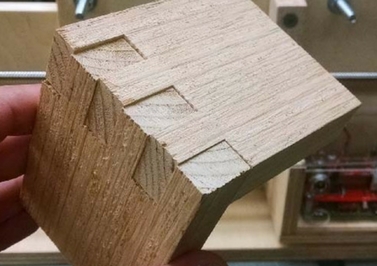Internet of Things, commonly known as IOT is the latest fad in the ever-evolving world of technology. In a layman’s language IOT is simply a network of connected devices of different utilities that communicate through the internet. The result is devices that are programmable, self-learning, sensor driven and wi-fi enabled aiming to make your life more automatic and easier.
Be it home automation systems like NEST thermostat that connects to the internet and optimizes heating and cooling of homes and businesses to conserve energy or Works with Nest which pairs with other devices or appliances around one’s home making them self-working.
So, no more worries about a light you forgot to switch-off or a pile of utensils that are pending to be washed in your dishwasher because you chose to spend time on yourself, be it home security camera footage that can be accessed via apps and web pages or Wemo switch, that enables you to turn your house lights off and on from across the globe.
There has been a lot of advancement and less dependence on technology confined to computer screens because of IOT, but it hasn’t really appeared in the woodshop quite yet. Wood industry professionals have always considered their relationships with technology as “stand-offish” at best. The technology was advancing each day but most of it was still largely taking place on a computer screen and many of them didn’t feel comfortable there. With the emergence of IOT things have started changing slowly in the world of fine art of building jigs known as Woodworking. While there are plenty of frivolous ways one could use this technology, the applications to turn this technology into money for woodworking businesses is endless and is a new reality.
For example, a wood working professional wants to track how many cabinets per day he produces. He can stick a little Bluetooth button like FLIC on his assembly table that the operator pushes each time he finishes a cabinet. When the operator pushes the button, the tally can be tracked and a number displayed on screens in the shop using a dashboard software like Klipfolio. When the number reaches a certain goal, the woodworker could flash green lights all over his shop to celebrate, send himself a text message and order pizza… Automatically!
Ben Brandt’s IoT box joint jig is another such example that shows off exactly what cheap computers with an Internet connection can do. He’s fully automated the process of making box joints, all with the help of a stepper motor and a Raspberry Pi. His electronic box joint jig is inspired by Matthias Wandel’s screw advance box joint jig. Matthias’ build, which has become one of the ‘must build’ jigs in the modern woodshop, uses wooden gears to advance the carriage and stock across the kerf of a blade. It works fantastically, but it’s a little tricky to use this manual version correctly. To tackle this Ben’s electronic box joint jig doesn’t use gears to move a piece of stock along a threaded rod. With the use of cheap stepper motors along with a Raspberry Pi, a stepper motor driver, a couple of limit switches, and a few LEDs, Ben was able to create perfect joints by building an Internet-enabled box joint jig.
Raspberry Pi 3 and Windows 10 IOT Core is used in this particular build to serve up a web page where different box joint profiles are stored. This electronic box joint jig automatically advances the carriage to the next required cut by lining the workpiece up with the blade and pressing start. All Ben needs to do is watch the red and green LEDs and push the sled back and forth.
Watch this awesome video and get some inspiration to use this incredible new technology to better your business or to create something incredible.

